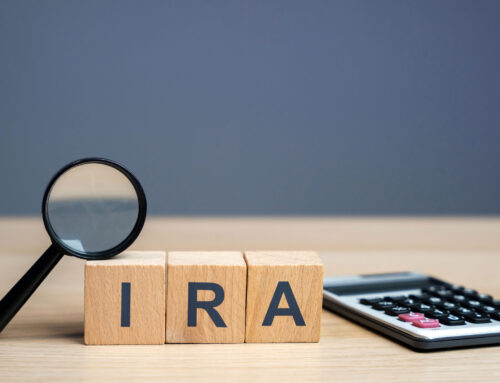
It’s a common misconception that once you’ve padded your 401(k) with a hefty sum, your retirement planning is all set. In reality, having a well-funded 401(k) is just one piece of the retirement puzzle. As you approach your golden years, there are still steps you can take to improve your financial life after you’ve saved up a reasonable nest egg.
Understanding Retirement Phases
Financial experts typically categorize retirement planning into two key stages:
-
- The Accumulation Phase: This is the period when you’re actively employed and focused on saving to build your retirement nest egg.[1] If you’re nearing retirement with a substantial 401(k), you’re still in this phase.[1]
- The Distribution Phase: After years of saving, you’ve finally reached the point where you begin to withdraw from your savings and rely on various income streams for your daily expenses.[1]
- The Accumulation Phase: This is the period when you’re actively employed and focused on saving to build your retirement nest egg.[1] If you’re nearing retirement with a substantial 401(k), you’re still in this phase.[1]
Key Considerations During Distribution
Here are a couple of crucial concepts to grasp as you enter the distribution phase:
-
- The 4% Rule: Often used as a starting point for retirement withdrawals, this rule guides you to get your retirement savings to a point where if you were to withdraw 4% of it in a year, it would cover your yearly costs. To maintain your account’s longevity, this rule says to continue withdrawing 4% annually, adjusted for inflation.[2] It’s a simple strategy to give you a ballpark figure for sustainable withdrawals, but it is surely not a dynamic strategy tailored to your specific, changing needs.
- Sequence of Returns Risk: This is a risk that arises when you start tapping into your retirement savings during a downturn in the market. Doing this could significantly reduce the lifespan of your savings because it leaves less in the accounts to benefit from a market rebound.[3] To put it in context, using the 4% rule during a downturn could cut the value of your portfolio due to this concept. So, the 4% rule isn’t a one-size-fits-all strategy! However, don’t fret—there are preparation strategies you can use to guard your savings from a downturn and leave your investments intact so that you don’t have to withdraw during a downturn. Consulting a financial professional can provide insights into market impacts on your withdrawals and help craft strategies to mitigate this risk.
Wrapping Up
Entering retirement doesn’t mean your financial strategy is on autopilot. A robust account balance is fantastic, but it’s not the be-all and end-all of retirement planning. Understanding how to tactically withdraw your funds and safeguard your financial future is just as crucial. If you’re feeling uncertain about the right approach for your retirement withdrawals, it might be time to connect with a financial professional for a thorough review of your financial situation. Remember, even in retirement, it’s essential to stay informed and proactive about your financial health.
[1] https://www.investopedia.com/terms/a/accumulationphase.asp#:~:text=Accumulation%20phase%20refers%20to%20the,retired%20and%20spending%20the%20money.
[2] https://www.forbes.com/advisor/retirement/four-percent-rule-retirement/
[3] https://www.investopedia.com/terms/s/sequence-risk.asp
When considering the options in a 401(k) retirement plan, it’s crucial to understand potential returns. Investment options vary in risk and potential growth, with past performance not guaranteeing future results. Diversification across different assets helps manage risk, and be mindful of fees, as they can impact overall returns. Regular statements provide insights into account activity, while consulting with a financial advisor can offer personalized guidance.










